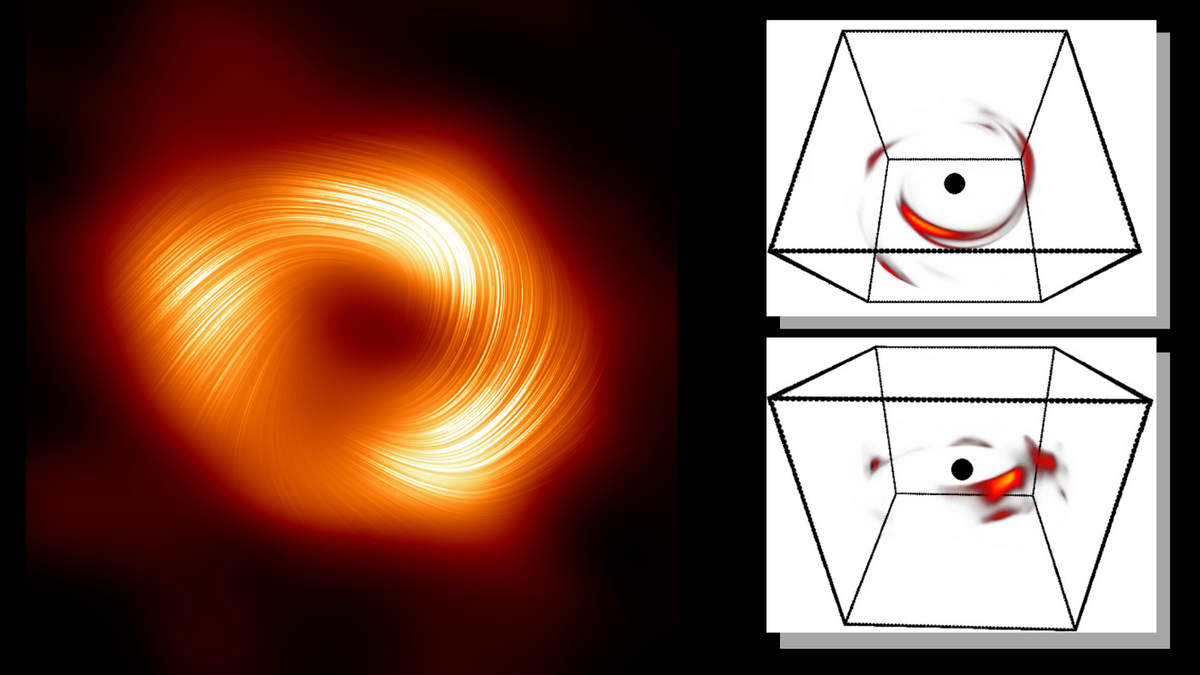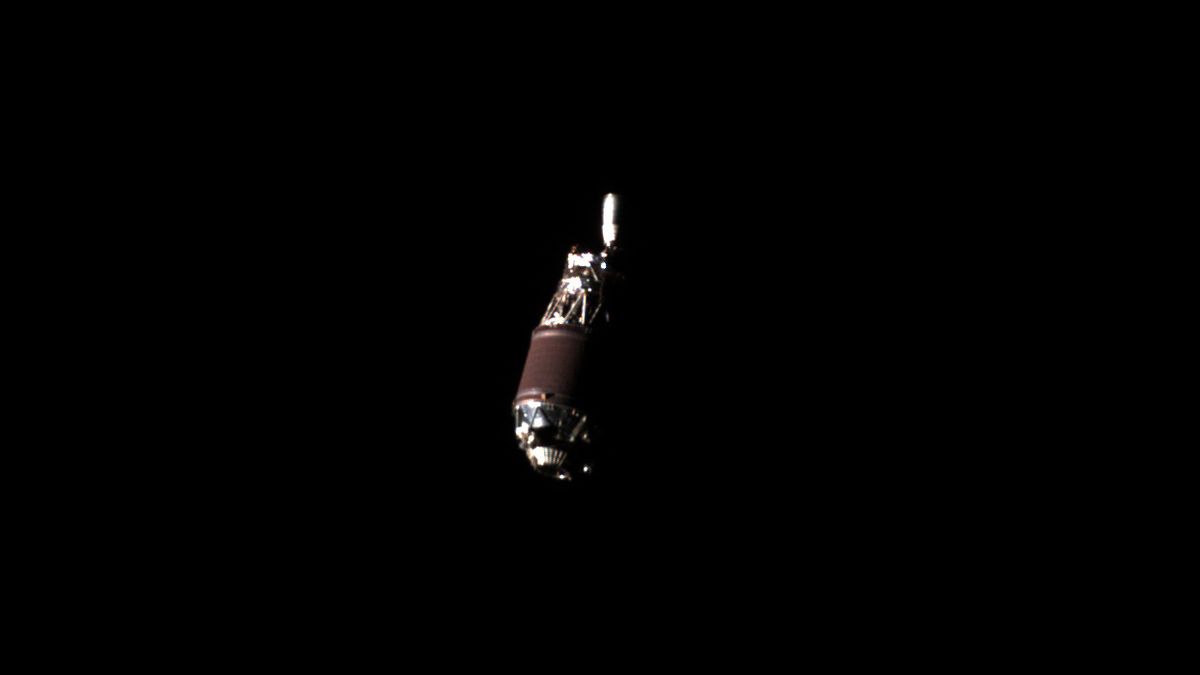Advancements in AI Technology Reveal Secrets of Supermassive Black Holes
Recent scientific discoveries have unveiled a groundbreaking three-dimensional model of a powerful flare originating from the central black hole in the Milky Way galaxy, known as Sagittarius A* (Sgr A*). This innovative model, developed utilizing artificial intelligence (AI), offers a unique insight into the dynamic environment that surrounds supermassive black holes.
The Fascinating Insights into Black Hole Flares
The material encircling Sgr A* is organized into a flattened structure referred to as an “accretion disk,” which demonstrates periodic flaring phenomena across various light wavelengths, ranging from high-energy X-rays to low-energy infrared and radio waves. Intriguingly, the supercomputer simulations have indicated that a particular flare observed by the Atacama Large Millimeter/Submillimeter Array (ALMA) on April 11, 2017, originated from two dense bright spots within Sgr A*’s accretion disk that were directly facing Earth. These bright spots, revolving around the supermassive black hole – with a mass equivalent to approximately 4.2 million times that of the sun – were separated by a distance roughly half the span between the Earth and the sun, or 47 million miles (75 million kilometers).
Innovative Imaging Techniques and Theoretical Modeling
Attempting to construct three-dimensional representations of these flares from observational data posed a significant challenge for researchers. To address this complex task, a team led by Aviad Levis from the California Institute of Technology introduced a novel imaging approach called “orbital polarimetric tomography,” echoing the principles of medical computed tomography scans. According to Levis, the distinct environment surrounding the galactic center, where magnetized gas orbits the supermassive black hole at near-light speeds, powers immensely energetic eruptions referred to as flares, manifested across multiple wavelengths such as X-ray, infrared, and radio.
Providing a key outcome of their study, Levis emphasized the significance of recovering the 3D structure of radio brightness around Sgr A* following a flare detection. Leveraging observation data from ALMA, the researchers achieved this by integrating physics derived from general relativity into a neural network, subsequently enabling the creation of a comprehensive model of the black hole environment.
Furthermore, by fitting the neural network with expected gravitational and emission physics, the team simulated the emission structures orbiting Sgr A*, meticulously tracing the evolution of these structures in the aftermath of a flare event. The interplay between neural radiance fields and general relativistic ray tracing facilitated the accurate representation of brightness distribution across the accretion disk, confirming theoretical predictions.
Future Prospects and Potential Developments
Moving forward, Levis and his collaborators aim to refine their simulation by exploring variations in the physics governing black hole environments. The team’s cutting-edge approach, integrating physics and AI technologies, has delivered groundbreaking insights into the complexities of black holes, paving the way for further exploration and understanding of these enigmatic cosmic entities.
The research findings were officially published in the journal Nature Astronomy, underscoring the transformative impact of innovative AI applications on unraveling the mysteries of supermassive black holes.
Image/Photo credit: source url





